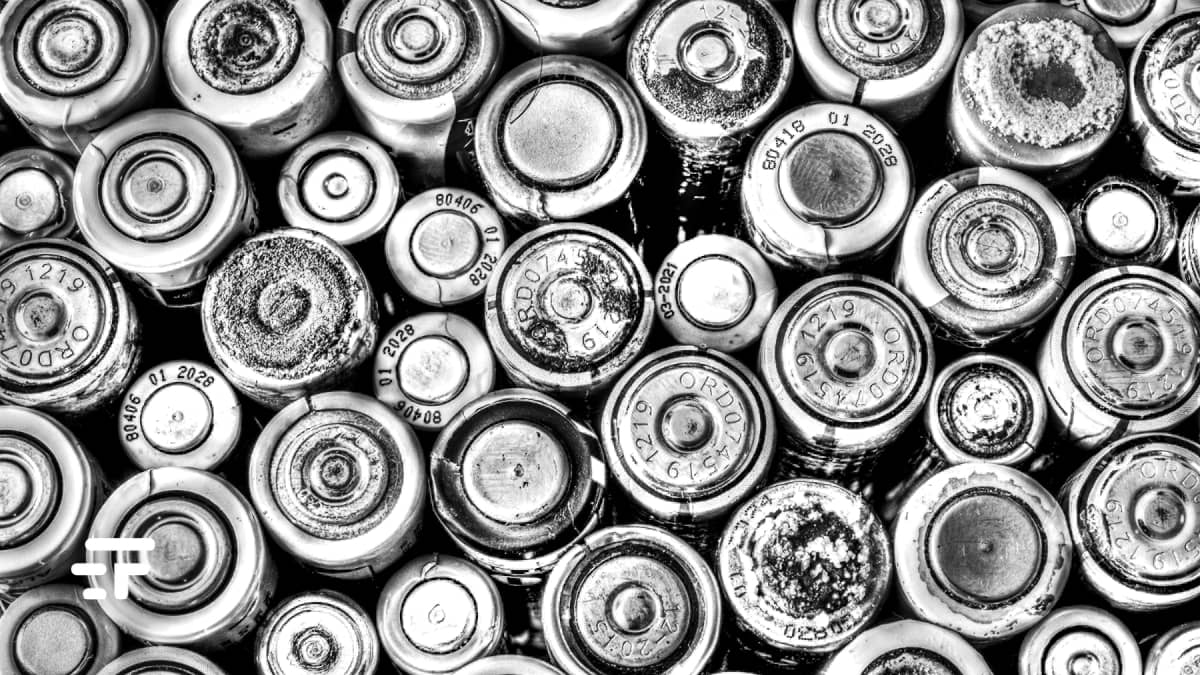Properly dispose of waste it is more important today than ever; it is a simple act to carry out, not particularly demanding, but extremely important for the future of the planet and its inhabitants.
Among the waste that requires special treatments we find the aaa batteries, AA batteries and, more generally, any type of battery, whether portable, for vehicles or intended for industrial use. All these energy storage devices, some of which are also widely used in the home, if abandoned in the environment or placed in the wrong bin, may result harmful to the environment because of the materials that compose them.
What materials are the piles made of
To understand the importance of correct battery disposal, which involves a recycling phase aimed at encouraging the inclusion of these devices within a circular economy system, it is necessary to know what materials they are made with.
Taking a look at the catalog dedicated to aaa batteries on the RS website, in particular the section of non-rechargeable batteries, that is the most used to power small technological appliances such as remote controls, torches and wall clocks, we see that batteries are available alkaline, ie containing manganese dioxide, potassium hydroxide and zinc, and batteries al lithium iron disulfide.
In addition to these two types, it is also possible to find AA and AA batteries lithium thionyl chloride or al zinc-carbon. All of these materials guarantee excellent performance and, when used correctly, are not dangerous or harmful.
However, if they were abandoned in the environment, thrown into water or disposed of together with non-recoverable waste, like any other product, they could cause damage to the ecosystem, increase the rate of pollution and cause problems in terms of disposal.
How to dispose of aaa batteries and other portable batteries
Battery disposal is regulated by Law Decree 188 of 2008, which identifies three types of batteries:
- portable: this group includes triple a, double a and all those for domestic use, including button batteries and those present in technological devices such as smartphones;
- for vehicles: this category includes energy accumulators that power all types of vehicles;
- industrial: industrial batteries are often larger in size and require disposal methods that take this into account.
Disposal of AA batteries and other portable batteries can be done in three ways:
- special containers;
- shops that deal with the collection of exhausted batteries;
- ecological island.
Containers for the collection of exhausted batteries are present in all cities, usually located in central areas or near shopping centers, i.e. in easily accessible places.
How batteries are recycled
The batteries disposed of in this way are not naturally thrown away with the rest of the waste, but subjected to pyrometallurgical and hydrometallurgical processes that allow separate the various elements, recovering the reusable ones and disposing of the remaining ones in such a way as to reduce their negative impact on the environment.
The recovered materials can be used for the production of new batteries or for the creation of objects and articles of various kinds, such as silverware, pots and so on.


